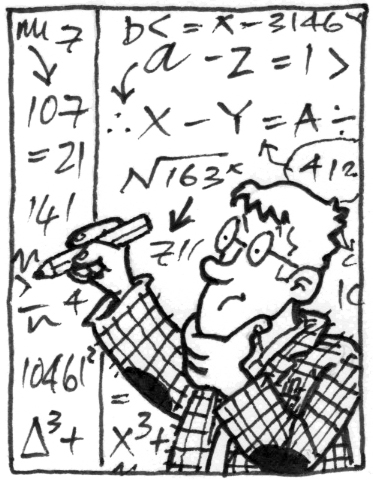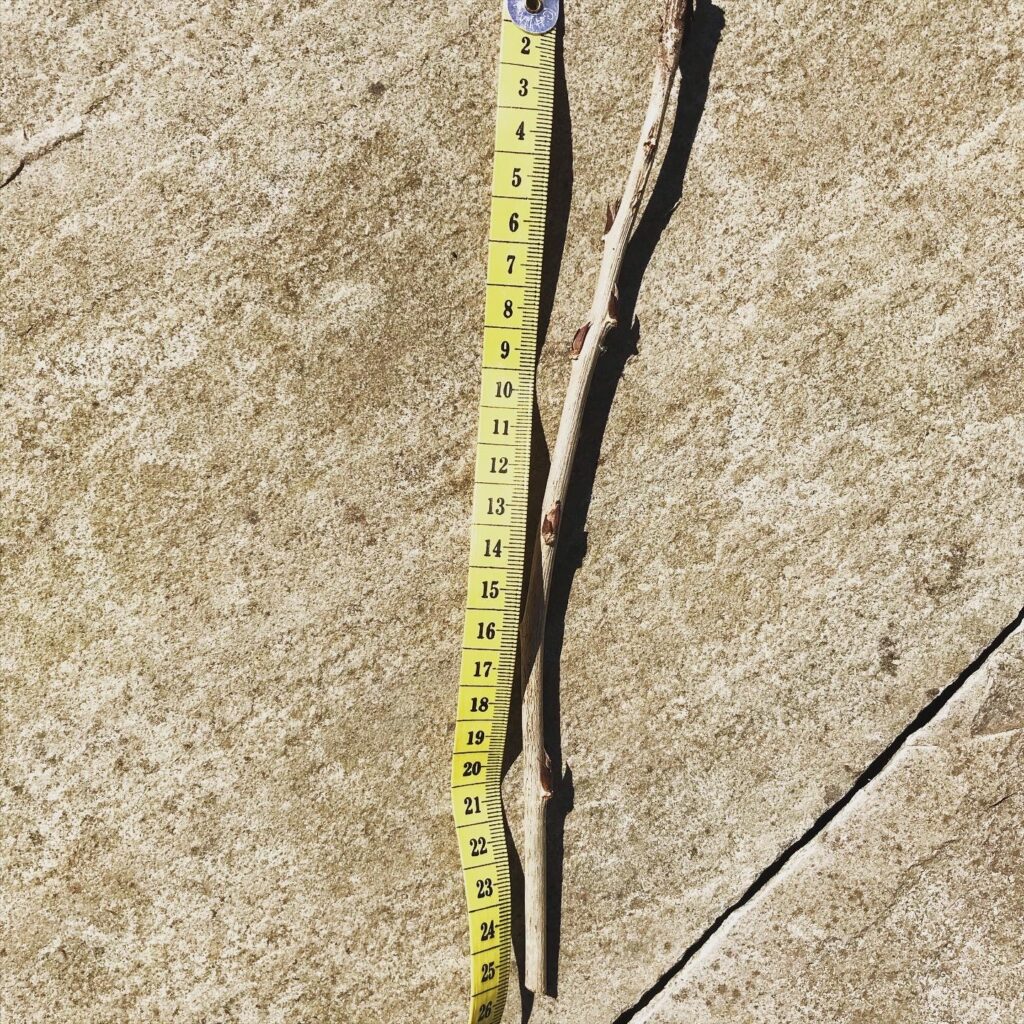
5 Minute Puddle
You will need
How to do it
- Create a puddle on a sunny outdoor surface by gently spilling water on it.
- Draw around the perimeter (outside) of the puddle using chalk.
- Start the timer and watch!
- Stop the timer after 5 minutes. How much of your puddle is left?
What are we learning
Evaporation is a process that occurs when a liquid changes into a gas. On a warm, sunny day, air molecules move quickly with energy from sunlight, and water molecules in the puddle are warmed by the sun’s heat. When energetic air molecules collide with water molecules on the puddle’s surface, some water molecules receive enough energy to break free from the puddle, becoming water vapour. This reduces the amount of water in the puddle, so it shrinks. You will notice that a puddle with the smallest surface area takes the longest to evaporate. This is because there is less surface area exposed to the air.
Investigate
Create two puddles, one smaller and one bigger, and time them. Which puddle evaporated the fastest, the one with the bigger or smaller perimeter?











